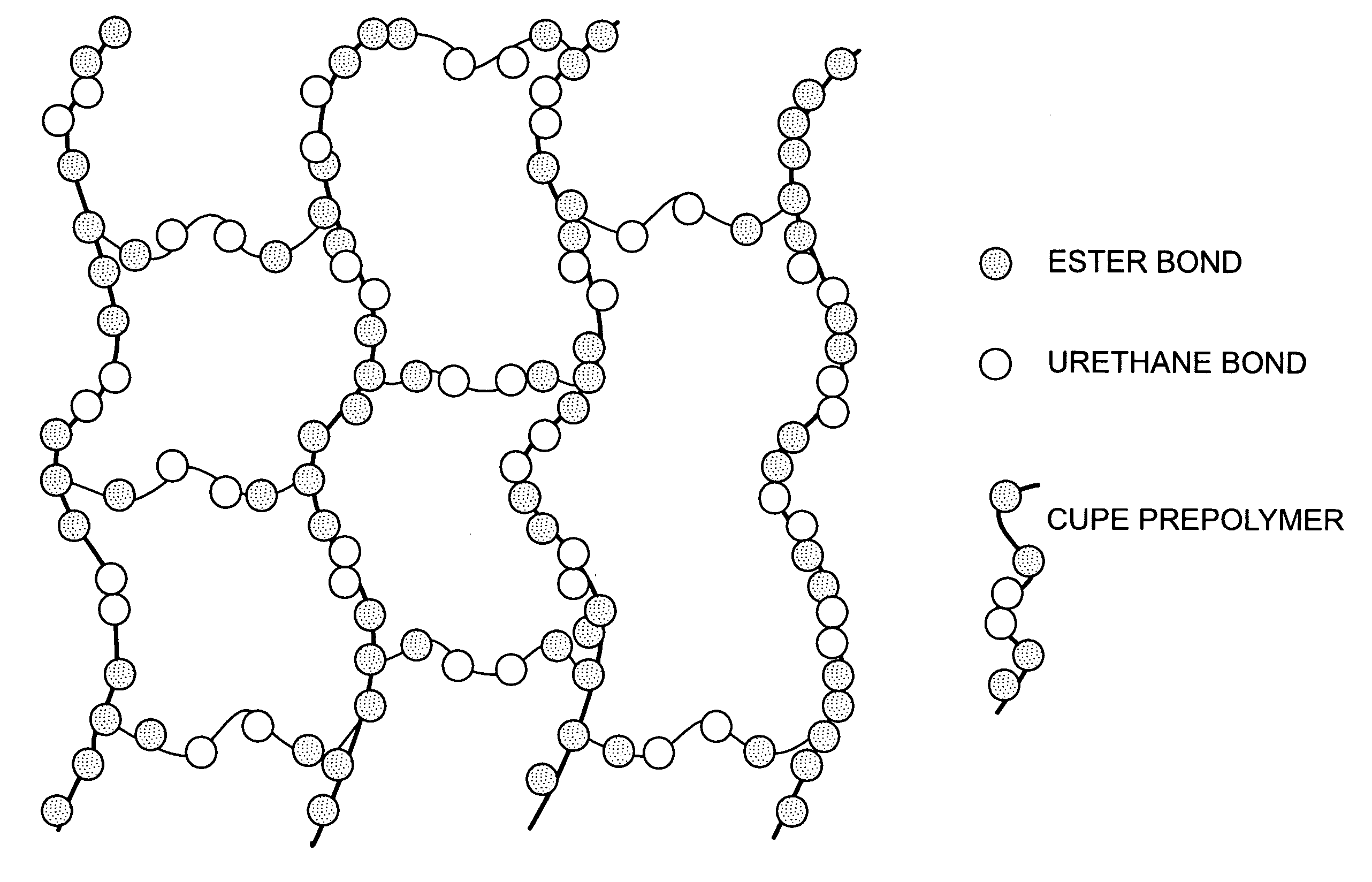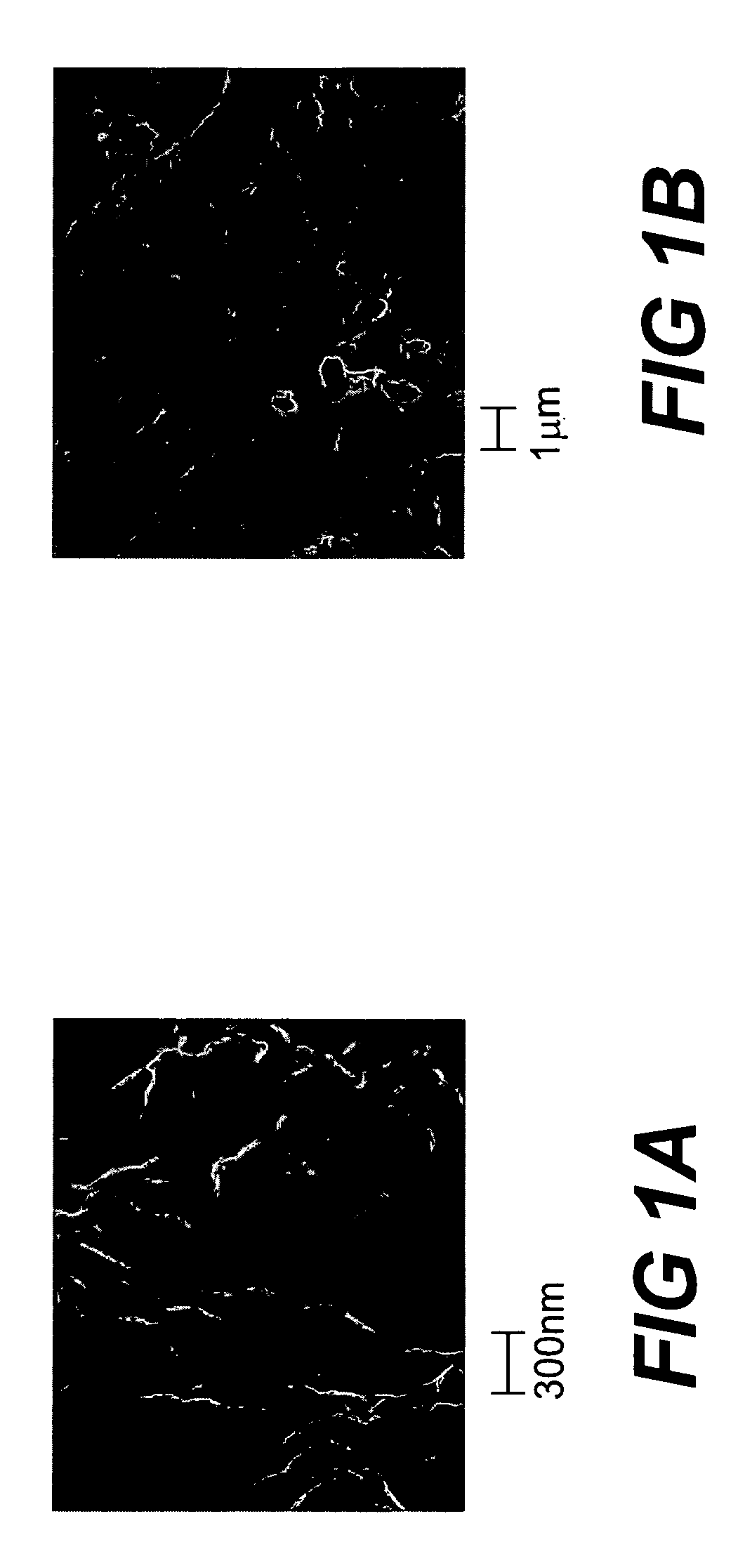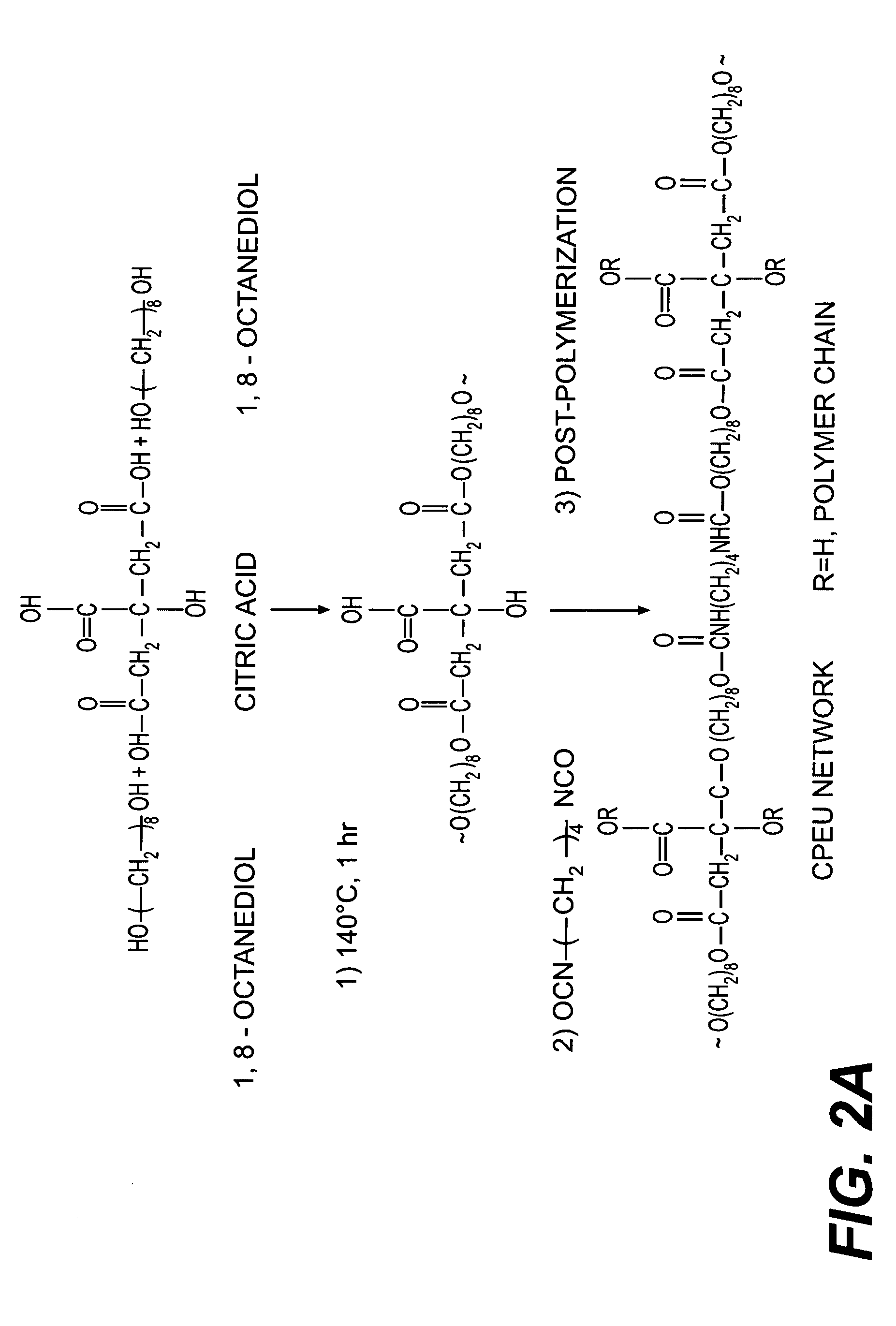Bio-polymer and scaffold-sheet method for tissue engineering
a tissue engineering and biopolymer technology, applied in the field of biopolymer and scaffolding method for tissue engineering, can solve the problems of many challenges for tissue engineering, limited cell source, cell availability, etc., and achieve the effect of reducing the cost of tissue engineering, and improving the quality of tissue engineering
- Summary
- Abstract
- Description
- Claims
- Application Information
AI Technical Summary
Benefits of technology
Problems solved by technology
Method used
Image
Examples
Embodiment Construction
[0038]The invention, as defined by the claims, may be better understood by reference to the following detailed description. The description is meant to be read with reference to the figures contained herein. This detailed description relates to examples of the claimed subject matter for illustrative purposes, and is in no way meant to limit the scope of the invention. The specific aspects and embodiments discussed herein are merely illustrative of ways to make and use the invention, and do not limit the scope of the invention.
[0039]Intermittent fenestrations in the internal elastic lamina, at 0.5-1.5 μm in large vessels and 0.1-0.45 μm in capillaries, allow direct contact between the two cell types, SMCs and ECs. The permeable membrane, according to an exemplary embodiment of the present invention allows bio-macromolecules to pass through, proteins, for example. Exemplary synthesis of the exemplary membrane includes using PEGDM as a porogen mixed with pre-POC polymer solution. After...
PUM
| Property | Measurement | Unit |
|---|---|---|
| Temperature | aaaaa | aaaaa |
| Time | aaaaa | aaaaa |
| Time | aaaaa | aaaaa |
Abstract
Description
Claims
Application Information
 Login to View More
Login to View More - R&D
- Intellectual Property
- Life Sciences
- Materials
- Tech Scout
- Unparalleled Data Quality
- Higher Quality Content
- 60% Fewer Hallucinations
Browse by: Latest US Patents, China's latest patents, Technical Efficacy Thesaurus, Application Domain, Technology Topic, Popular Technical Reports.
© 2025 PatSnap. All rights reserved.Legal|Privacy policy|Modern Slavery Act Transparency Statement|Sitemap|About US| Contact US: help@patsnap.com



